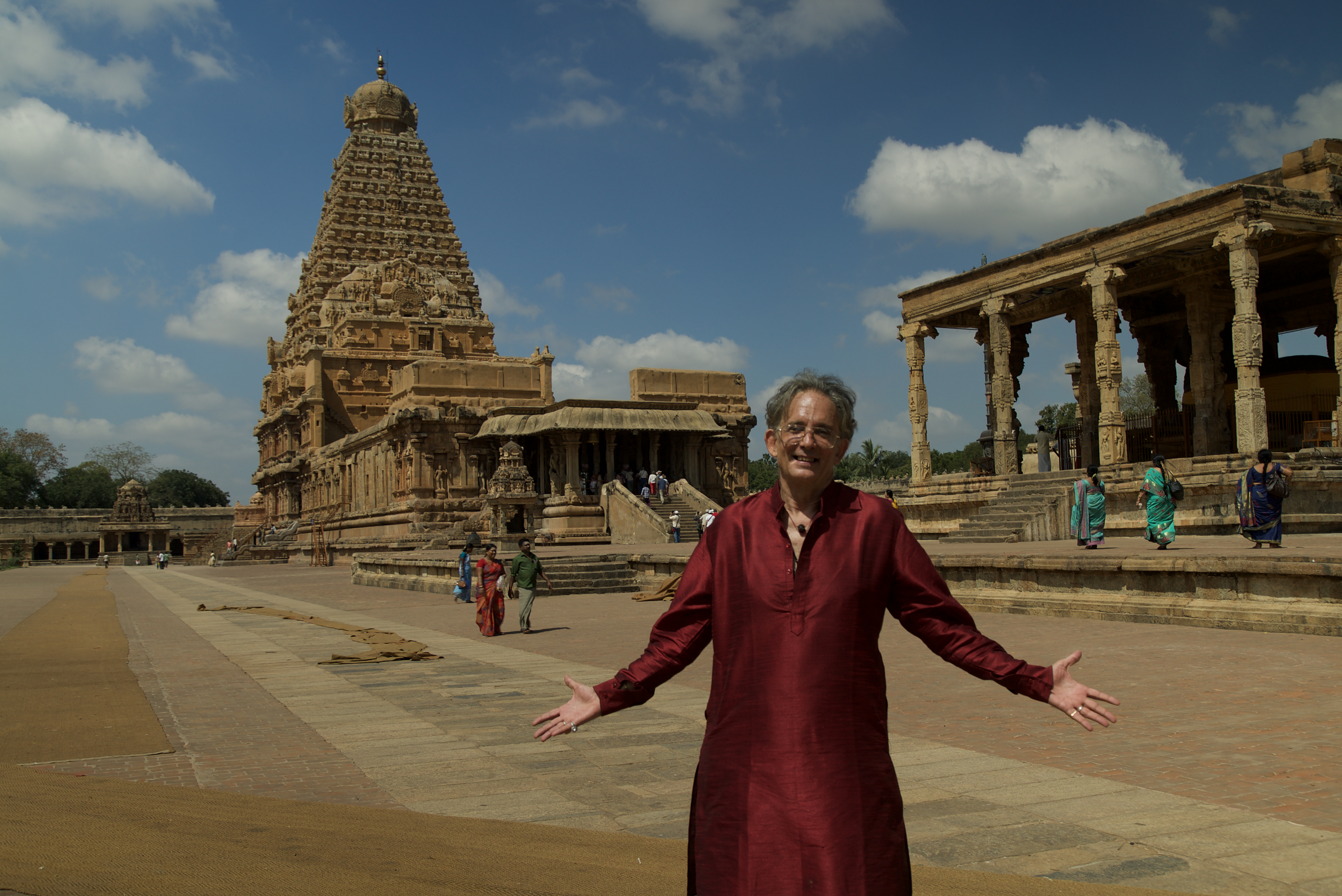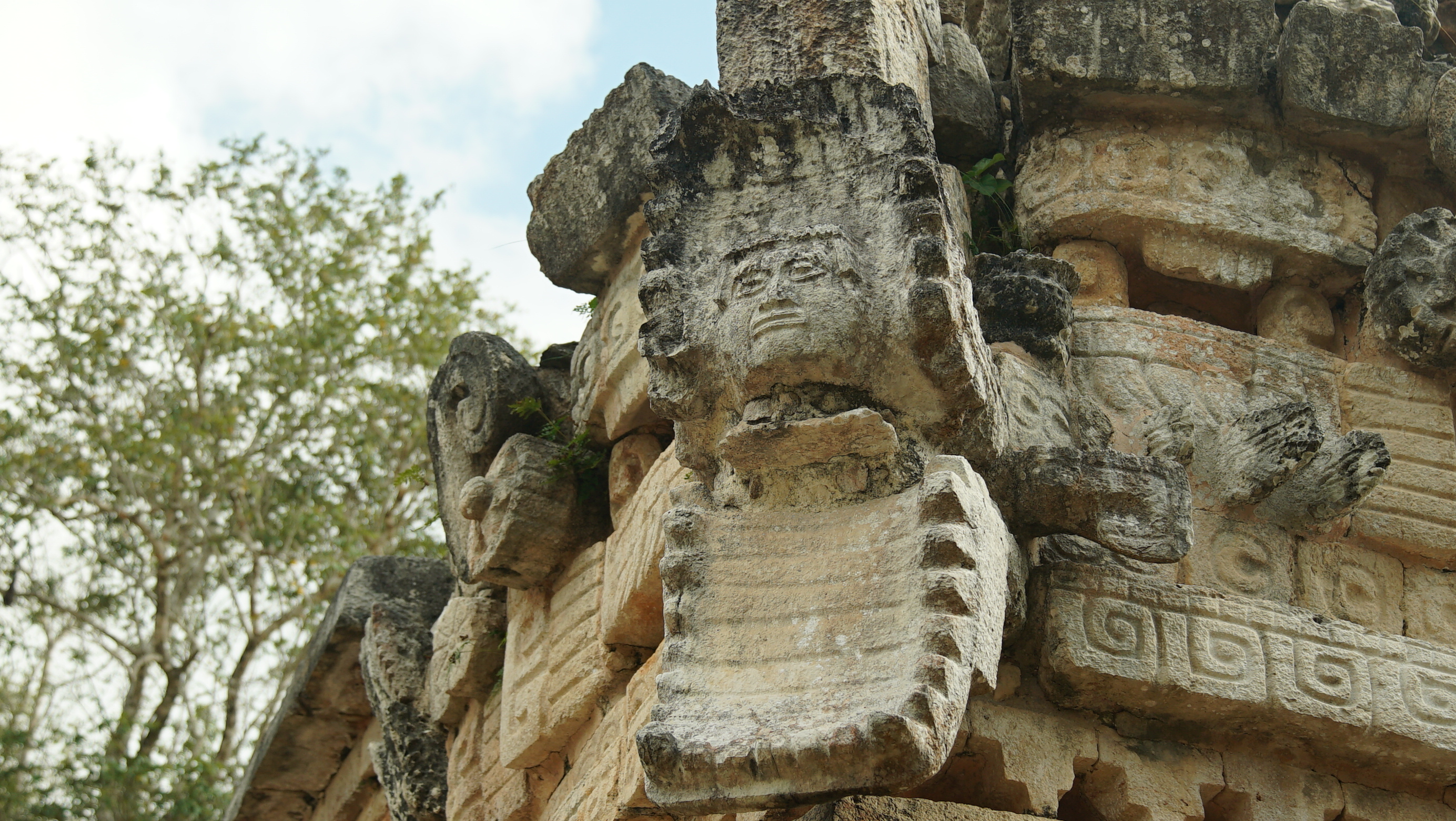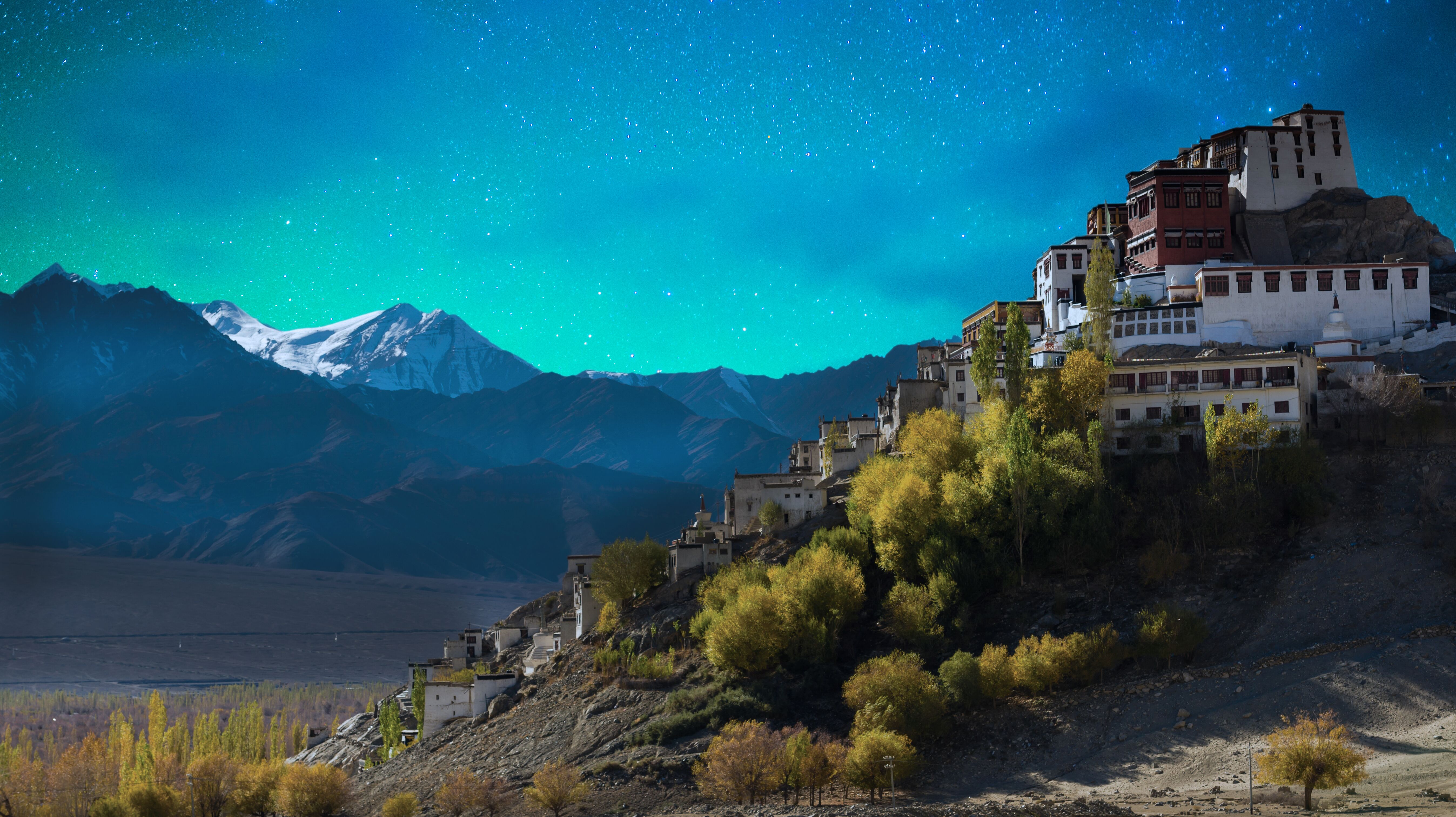
This is what a pilgrim from our past journey with Andrew Harvey had to say about their experience of travelling to South India in 2019.
“This trip was for Mind Body and Spirit, a life-changing experience for the better. Andrew opens you to a new level of consciousness and awareness that is heartbreaking and heart making. Just do it.” – Alice Campbell.
When people think of travelling to South India they imagine bright colours, chaotic roads and of course, the spiritual landmarks and culture of the people. Many travellers from around the world flock to India to experience its sacred and vast history, and when done with intention, and the right guides, a journey to South India can be a spiritually and personally transformational adventure.
We are blessed that we can guide pilgrims to South India with Andrew Harvey. He grew up with the sacred sites of South India as his playground and studied for several years with spiritual teachers there.
Here are four reasons we think travelling to South India can be a powerfully transformational experience.
The abundance of spiritual sites
South India, particularly Tamil Nadu, is the birthplace of many saints and the region is home to a wealth of temples, shrines, and natural landmarks dedicated to Shiva.
Mahabalipuram, much of which is a UNESCO world heritage site, is home to the Shore Temple, known locally as Alaivay-k-kovil. Built-in 700-728 AD, this temple complex, has three shrines, two dedicated to Shiva, and one to Vishnu. It stands on the shore of the Bay of Bengal, and its magnificent architecture combined with the surrounding area, make it a must-see site, and an ideal place for spiritual contemplation.

A second, famous, temple dedicated to Shiva is the Nataraja Temple located in Chidambaram. The primary form of worship at this temple is Shiva in the Nataraja form- the king of dance. The Eastern Gopuram of the temple depicts these dance poses, which are technically 108 Karanas that are used in this sacred dance. One legend surrounding its construction suggests that it was built by “the golden-coloured Emperor,” Hiranya Varna Chakravati, who suffered from leprosy. He came to Chidambaram on a pilgrimage from Kashmir in about AD 500. After bathing in the temple tank he was reputed to have recovered from the disease, and as an offering of thanks rebuilt and enlarged the temple. Today, the temple hosts many impressive ceremonies such as the powerful daily Puja, which our group has the privilege to attend.
There are many other temples and sacred sites throughout the region of South India, all of which hold beauty and magnitude in their own right. Visiting these sites and spending time in the presence and appreciation of their power allows pilgrims to experience inner transformations and awakenings of their own.
The Shantivanam Ashram
The Shantivanam (which literally means the “forest (vanam) of peace (shanti),” Ashram is located near the village of Tannirpalli. Founded in 1948, Father Bede Griffiths took over stewardship in 1968, and the Ashram became an internationally known centre of dialogue and renewal. Andrew will share about the expansive universal vision of Christ Consciousness that Father Bede, Andrew’s beloved teacher, the greatest Christian mystic of the 20th century, gave to the world. The aim of Shantivanam has always been to bring the riches of Indian spirituality into Christian life and to share in that profound experience of God that originated in the Vedas, was developed in the Upanishads and Bhagavad Gita, and has come down to us today through a continual succession of sages and holy men and women.
Visiting this tranquil Ashram allows pilgrims to enter a state of presence and spiritual connection. Partaking in simplistic but powerful practices, such as taking meals in silence, and meditation encourages reflection and further understanding the spiritual teachings of this region.
Connection with the people of South India
While on a journey to South India, admiring the beautiful surroundings and embracing the energies of sacred places is something that will bring great joy and transformation, however, connecting with the local people of the region is a wonderful opportunity to learn more about the culture and everyday practices of this area.
For many travellers, the culture and way of life in India are much different from their everyday life at home. Connecting with others and learning about who they are and how they live can open you up to a new mindset, a new way of looking at the world and can help you to become more accepting and compassionate towards yourself and others. When we open our hearts to those who are different to us, we can learn more about ourselves and bring this transformation back home with us.
Travelling to South India With a Transformational Leader.
When embarking on a pilgrimage through South India, it can be easy to become confused by all of the different sacred sites, their meanings and the practices locals engage in there. To really understand and experience the most out of a region, having someone who has the experience and can explain to you the significance and importance of certain events and places helps to bring the country alive even more.

We understand the importance of having someone to guide, educate and inspire you while on a journey through South India. We know that understanding the intricacies of a place and being able to relax in the comfort that someone else will guide you through what you need to know and how to get the most transformation out of an experience can make a trip truly remarkable, life-changing adventure. On our sacred journey to South India, we are honoured that our pilgrims are guided by Andrew Harvey and know that through his teachings, practices and wealth of knowledge, the experience is truly a once in a lifetime, transformational pilgrimage.

